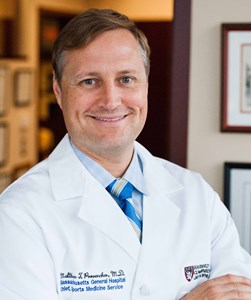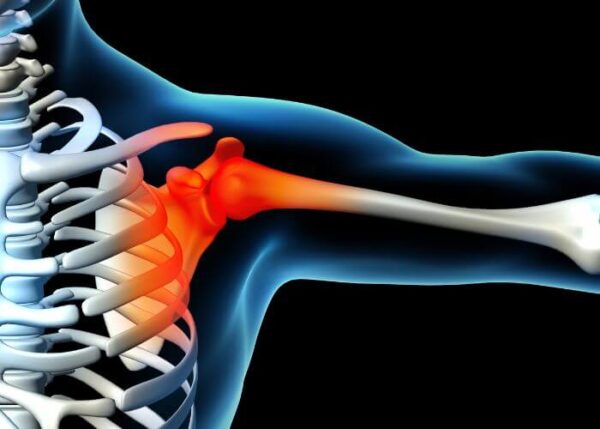Dislocated Shoulder Surgeon

Are you an athlete who participates in contact sports? If so, you may be at risk of sustaining a shoulder dislocation. Patients who experience chronic shoulder instability due to a shoulder dislocation, may be a candidate for surgery. Dislocated shoulder surgeon, Dr. Matthew Provencher provides diagnosis and both surgical and nonsurgical treatment options for patients in Vail who have sustained a shoulder dislocation. Contact Dr. Provencher’s team today!
What are Shoulder Dislocation Treatments?
The shoulder is considered one of the most complex joints in the body with the largest range of motion, formed by the humerus (upper arm bone) fitting into the scapula (shoulder blade) in a ball and socket formation. When the humerus and scapula are separated from each other, this is termed a “dislocation”. Moreover, a partial dislocation in which only the ball and socket joint partially separates is termed a “subluxation.” Generally, a shoulder instability event is caused by a fall or other traumatic event.
Shoulder instability is debilitating and will result in a decreased quality of life. In most cases, patients experience pain, tenderness, swelling, a popping sensation and decreased range of motion in the affected joint. A number of ligaments and cartilage can become damaged during the dislocation. Ultimately, if this left untreated, further complications including progression of osteoarthritis and overall worsening of the joint.
Regardless of injury severity, all shoulder dislocations must be reduced. After the ball (humeral head) is placed back within the socket (glenoid bone), Dr. Provencher will perform a series of x-rays and an MRI scans to examine injury severity for a confirmed diagnosis as well as certify that the shoulder is back in the proper position.
Do I Need Surgery After Shoulder Dislocation?
For treatment of a symptomatic shoulder due to instability, Dr. Matthew Provencher, orthopedic shoulder surgeon, treating patients from Vail, Aspen, Colorado Springs, and Denver, Colorado, may recommend an arthroscopic shoulder stabilization surgery if damage of the labrum (cup-shaped rim of cartilage) or surrounding ligaments is confirmed. During this treatment, Dr. Provencher will confirm the degree of shoulder instability before inserting the arthroscopic tools through tiny portals formed around the shoulder joint. Suture anchors are then utilized to reattach the labrum as well as any loose and/or torn ligaments back to the glenoid bone and restore normal joint anatomy.

Open Repair of an Anterior Humeral Avulsion of the Glenohumeral Ligament (HAGL)
What is the Recovery Following Arthroscopic Shoulder Stabilization Surgery?
Following arthroscopic shoulder stabilization surgery, it is very important the repaired arm remains immobile in a sling or similar device for 3-6 weeks. During the healing process, patients may use ice and pain medications prescribed by Dr. Provencher to alleviate swelling and pain.
Also, a rehabilitation program will be prescribed immediately following arthroscopic shoulder stabilization. The program usually consists of passive range of motion exercises followed by active range of motion and strengthening exercises with the ultimate goal of a full return to activities.
For additional information on arthroscopic shoulder stabilization surgery, or to learn how this shoulder dislocation treatment can resolve your shoulder instability, please contact the orthopedic practice of shoulder surgeon Dr. Matthew Provencher, serving patients in the Vail, Aspen, Colorado Springs, and Denver, Colorado area.
.